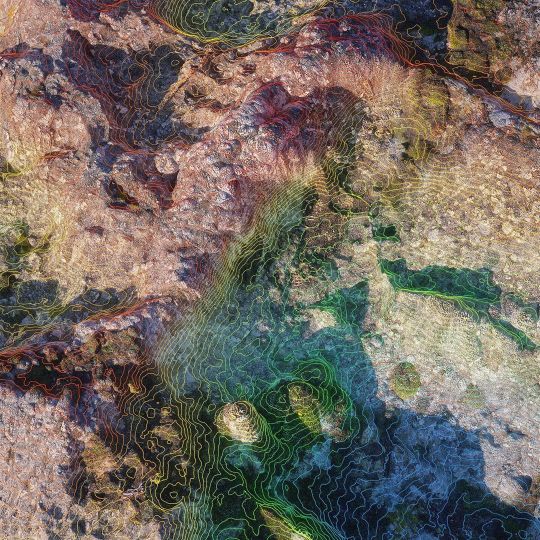brokendreamtime
27 posts
Don't wanna be here? Send us removal request.
Photo

Heikedine Günther — Core No. 373 (oil on canvas, 2020)
654 notes
·
View notes
Text
“And in a similar way, I think the creation of self and the creation of personality and who we think we are, but particularly self, is a narrative act. We sort of tell a story about ourselves to create our self. And oftentimes, we’ll behave in a way that reveals that our story is at least partly inaccurate or partly fictitious.
So we’ll do something nasty, and we think that we’re nice people. And we’ll say I wasn’t myself. But what happened was we are, of course, still ourselves, to the extent that we can be a self. But our self briefly didn’t correspond to the story that we tell about ourselves. And the narrative that we have that constitutes our self was destabilized.
And when we go to a place where we aren’t known and where the cues are different and where we are getting different sorts of signals, I think that the feeling that the story of self that we tell becomes quite fictitious to us. It feels like a made-up story. And so I think that this way of generating self through stories about ourselves is hugely important.”
--Mohsin Hamid
“Well, I think that our selves are partly fictional. One of the interesting things to me about novels relates to this, which is to say we are learning that the ancient mystics were probably right all along, which is that what we think of as reality is not entirely real. And in a physical sense, the color red or blue, we imagine that these colors exist, but they don’t actually exist.
Red and blue are the ways in which our brains tell us that an object is reflecting light of certain frequencies. And it’s a representative system, in the same way that there are dolphins, but the word dolphin doesn’t really exist. Like, we’ve invented that word. It’s an imaginary thing that we’ve agreed to share in our imagining.
And in a similar way, I think the creation of self and the creation of personality and who we think we are, but particularly self, is a narrative act. We sort of tell a story about ourselves to create our self. And oftentimes, we’ll behave in a way that reveals that our story is at least partly inaccurate or partly fictitious.
So we’ll do something nasty, and we think that we’re nice people. And we’ll say I wasn’t myself. But what happened was we are, of course, still ourselves, to the extent that we can be a self. But our self briefly didn’t correspond to the story that we tell about ourselves. And the narrative that we have that constitutes our self was destabilized.
And when we go to a place where we aren’t known and where the cues are different and where we are getting different sorts of signals, I think that the feeling that the story of self that we tell becomes quite fictitious to us. It feels like a made-up story. And so I think that this way of generating self through stories about ourselves is hugely important.
It’s also what is interesting about written fiction, because when we enter into written fiction, something weird is going on. We are there, and we are still ourselves, and we’re reading this book. So many of us are drawn to it. There’s something appealing about it. We like it. And it’s as though acknowledging the somewhat fictional nature of the self is a relief. We’re sort of like phew, OK, we can play make-believe now.
So I suppose that’s not to say that there is no such thing as the self. But it is to say that the self is a much more slippery idea than we often give it credit for, which has enormous potential. It has enormous potential for us as a species, as people, and also enormous potential for us as artists and people who make stories.”
https://www.nytimes.com/2022/08/12/opinion/ezra-klein-podcast-mohsin-hamid.html?showTranscript=1
1 note
·
View note
Photo

Christine Nofchissey McHorse, Untitled, 2015
photo: Addison Doty
1 note
·
View note
Photo

Victorian butterfly tongue captured by Gregg Kleinberg under a fluorescence microscope at 400x magnification.
90 notes
·
View notes
Photo

René Derouin (Canadian, b. 1936), N.Q. XIII, 1980. Woodcut on paper, 40 x 30 in. Numbered 10/10
695 notes
·
View notes
Text
Reblog if you have made a friend online that you would love to hang with, but they live far away.
1M notes
·
View notes
Text

Jorie Graham, from "I Watched a Snake", The Dream of the Unified Field
241 notes
·
View notes









